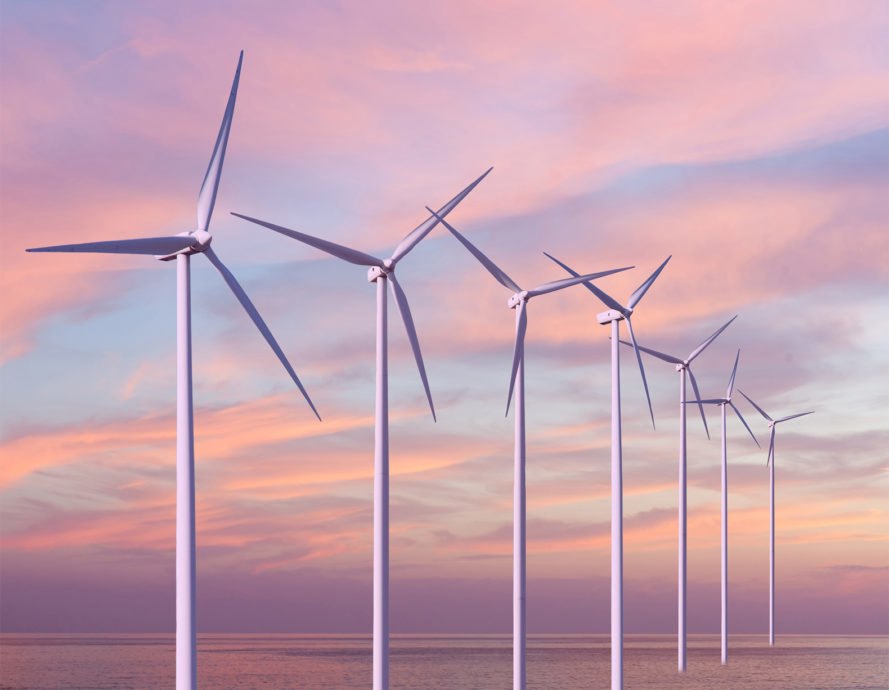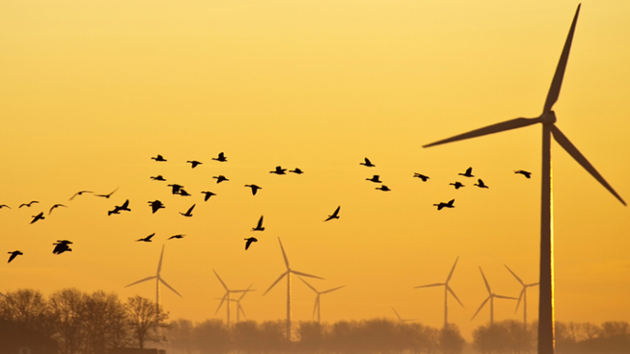Wind Energy
Benefits:
→ Wind power is a spotless fuel source. Wind energy doesn’t contaminate the air like force plants that depend on the burning of non-renewable energy sources, for example, coal or gaseous petrol. Wind turbines don’t create barometrical outflows that cause corrosive downpour or nursery gasses.
→ Boundless, free, inexhaustible asset (the wind itself), economic value, upkeep cost, and position of wind harvesting facilities. Most importantly, the wind is a boundless, free, inexhaustible asset.
→ Wind power is profitable.
→ It’s a clean fuel source.
→ A wind turbine, or on the other hand alluded to as a wind energy converter, is a gadget that changes over the wind’s motor energy into electrical energy.
Challenges:
→ Unpredictable Wind Patterns
↪For the satisfactory capacity to be produced, there should be a consistent breeze blowing over a long term of time. Nonetheless, being that wind designs can’t generally be anticipated, this makes it hard to collect enough power in certain areas.
→ Loud Noise
↪ When turbines are running they make a lot of noise and can be very distracting to the people who are living near them. They likewise modify the scene of a zone, which could negatively affect the encompassing networks.
→Turbine sharp edges could harm wild animals
↪ Birds have been murdered by flying into turning turbine cutting edges. The majority of these issues have been settled or significantly diminished through the mechanical turn of events or by appropriately siting wind plants.
Issues:
→ Wind Turbines Create Visual Pollution
→The Wind Fluctuates. Wind energy has a comparative disadvantage to sun-powered energy in that it isn’t consistent
→ Wind turbines are lightning magnets and strikes on these tall, turning structures can cause noteworthy harm. Sharp edges detonate generators and control framework hardware fry.
My questions:
↪ What is Wind Turbine?
✰ Wind turbines work on a straightforward rule. The energy in the wind turns a few propeller-like edges around a rotor. The rotor is associated with the fundamental shaft, which turns a generator to make power. (I put a picture for reference on how they look like)
↪ How big are Wind Turbines?
✰ Wind turbines arrive in an assortment of sizes that can serve various needs. The biggest edge range can be bigger than the length of a football field and stand more than 20 stories high. This size of a turbine can create enough capacity to deliver power for upwards of 1,400 homes.
↪ What Are Wind Turbines Made Of?
✰ Rotor (the part that rotates in the wind)
✰ Tower
✰ Electrical Generator
✰ Speed-Control System
Recommendations for Justin Trudeau
Wind energy is very important because of its wellspring of the sustainable power source. It doesn’t defile, it is endless and decreases the utilization of non-renewable energy sources, which are the inception of nursery gasses that cause a dangerous atmospheric deviation. Wind energy does not generate waste or contaminate water an extremely important factor given the scarcity of water. Wind turbines can be a little pricey but useful for the country that we live in. Wind (or wind turbines) creates jobs, this is very needed especially in the time that we are living where almost half of the population has lost their jobs due to the virus but you could help people that are unemployed by providing the tools for them to start a new job. Overall wind energy would benefit everyone.




